Building a Mobile Portrait Studio with Miguel Quiles
If you have a studio portrait business, you’ve probably had potential clients who wanted to do business with you but couldn’t make it to your studio. I decided to maximize my sales opportunities by creating our Studio-to-You package: I literally take my studio to them.
In the beginning, I brought all of my studio equipment, which was exhausting and ineffective. With experience and research, I found an awesome combination of studio gear that I can transport easily, and set up and tear down without breaking a sweat.
Here’s what I have in my mobile portrait studio.
Backgrounds
I use a variety of backgrounds in my studio, but most of them aren’t meant to be portable, and take some time to set up. To be as light and nimble as possible, I use the Savage black/white collapsible backdrop. Unlike traditional seamless paper backgrounds, these open and close just like a reflector. They come in a zippered case and weigh just a few pounds. They are double-sided, so you have two options that can be quickly and easily switched out.
Along with the solid white-and-black collapsible backdrop, I use Savage’s textured backgrounds for my Dramatic Portrait series. These backdrops come in two sizes that can be used for both individual and group portraits. They come with a light stand and take seconds to set up. These have been essential to my mobile portrait studio.
Stands
You’re going to need quality stands to hold your backdrops, lights and reflectors. Get stands that are not only sturdy but also light. I recently started using Kupo Click Stands. These click into one another, which makes them easy to carry around. You can even connect a strap for added portability. At a minimum, you’ll need one for your lights and one for your background. If you want maximum versatility, consider a reflector holder as well.
Lighting & Modifiers
The majority of my portfolio images were shot using a studio strobe. Strobes are my preferred lighting because they are very powerful and allow me to use any of my favorite light modifiers. For portrait work, I use the Phottix Indra500 paired with the Phottix Luna Octa. The Indra500 is a studio strobe that offers high-speed sync (HSS) and through-the-lens metering (TTL). It works off a portable battery pack, which is great for using it in the studio or outdoors. If you’re planning to shoot thousands of images or for several hours in a day, get the optional AC adapter.
Another lighting option is to bring a hot shoe flash instead of the strobe. I have a set of Phottix Mitros+ flashes that I use in combination with the Speed Mount II. With that combination, I can use all of my modifiers with my flash, just as I would with my strobes. The only downside is that they run on AA batteries and don’t have a modeling light, which can come in handy. The upside is that you can pack them in your bag without much hassle.
For modifiers, my go-to pick is the Phottix Luna Octa. For portraiture, it gives you a beautiful, soft light that flatters your subject’s skin. The main reason I choose it for my mobile setup is that it opens and closes quickly and easily, in less than two minutes. The entire Phottix Luna line of modifiers set up in the same manner, so if standard softboxes are more your style, they have options for you. Pair these items with triggers, such as the Phottix Odin II, and you’re all kitted up and ready to shoot no matter what the lighting situation.
Reflectors
A good versatile reflector is an essential part of a mobile portrait studio. You can use it in place of an additional light anytime you need some fill. Get something like a 5-in-1 (or 7-in-1 if the budget allows) reflector that has at least a white and silver side. Some fancier reflectors have silver stitched with white, which gives you a nice in-between option if you need more light bounce than the white side or less than the silver side can provide. One of my favorites is the Phottix Premium Triangle Reflector. It has handles, making it easy to hold with one hand when I’m using it for portrait work. I don’t always use one for my portraits, but I never leave home without it. Find a quality reflector that works for you, and bring it with you every time.
Cases
Shooting portraits and headshots at a client’s location requires me to have all of my gear easily accessible and protected. The ability to be able to take all of your studio gear on location in one trip is vitally important. Time is money. If you have to take multiple trips back and forth to your vehicle, it cuts into your setup time, which cuts into the time you have to work with your clients.
For years, I’ve been transporting my camera equipment inside the Tenba Roadie Large. It has plenty of space for all your lenses, several camera bodies, as well as batteries and any other accessories. It also has space for my laptop and tethering gear, which I set up to allow my clients to preview their images after the shoot. The front of the roller has a pocket that is great for storing light stands and small reflectors.
If you happen to have more gear than you can fit in one case, pair the roller with a messenger bag, such as the Tenba Cooper 15. For a long day of shooting, I bring a messenger bag filled with snacks and drinks, plus my keys, wallet and phone.
The Mobile Studio Completed
This has been my mobile setup for the last four years. I can’t recommend it highly enough. Everything packs up easily so you can carry everything in and out of your shooting location in a single trip. With a little time and practice, you can arrive on location and be ready to take your first shot in 10 minutes or less.
If you want to explore new opportunities for portrait clients, incorporate these mobile studio tips and take your portrait business to new levels.

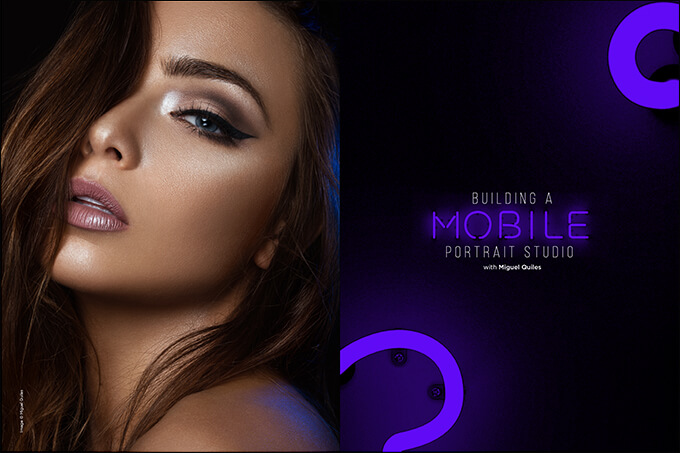
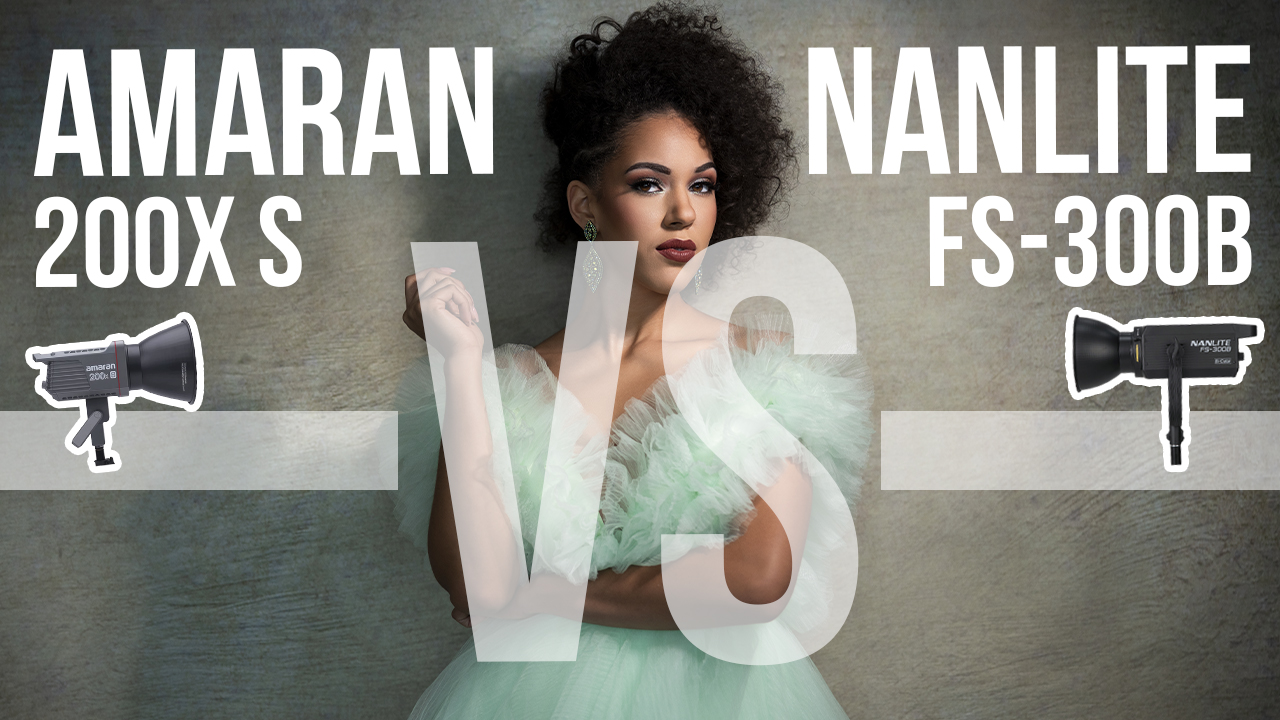
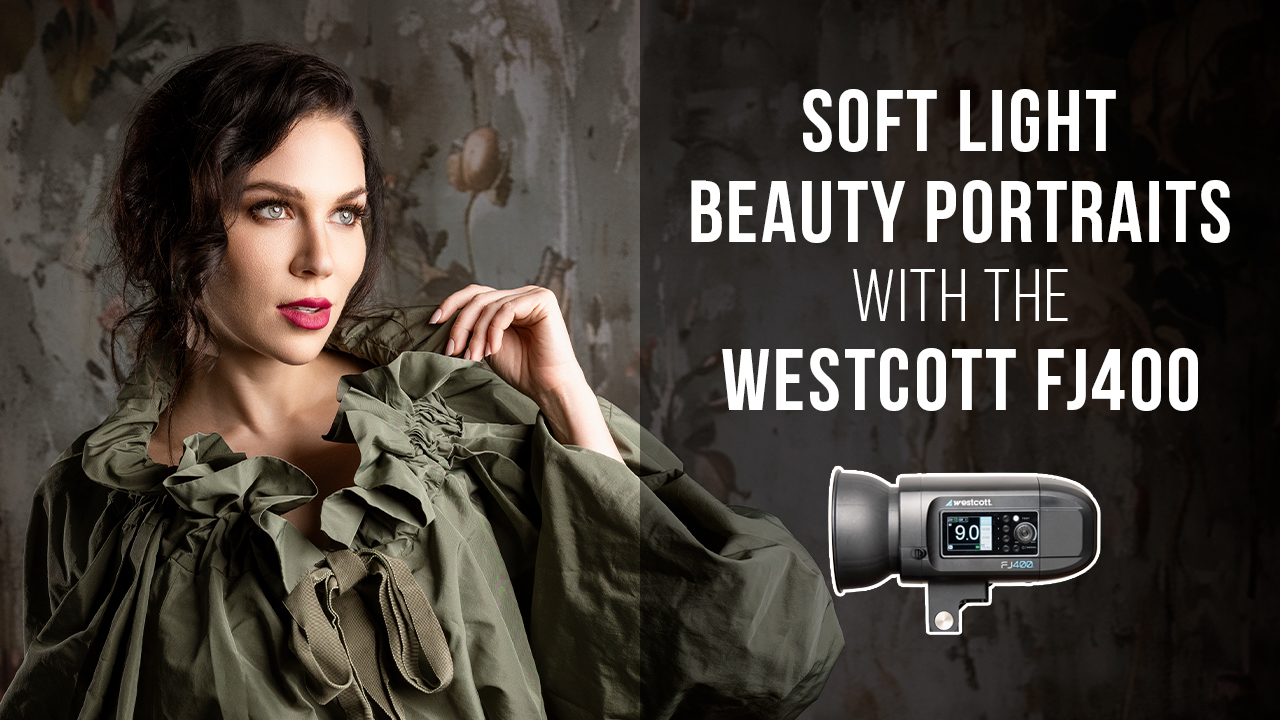
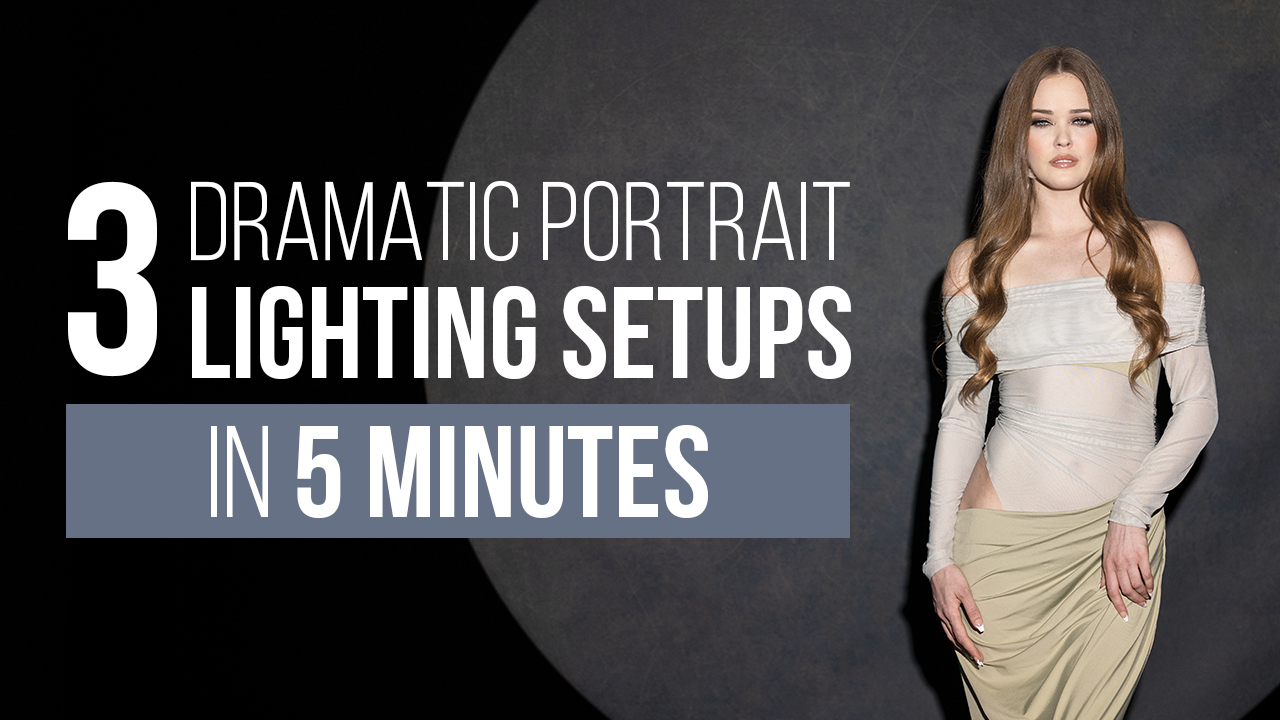
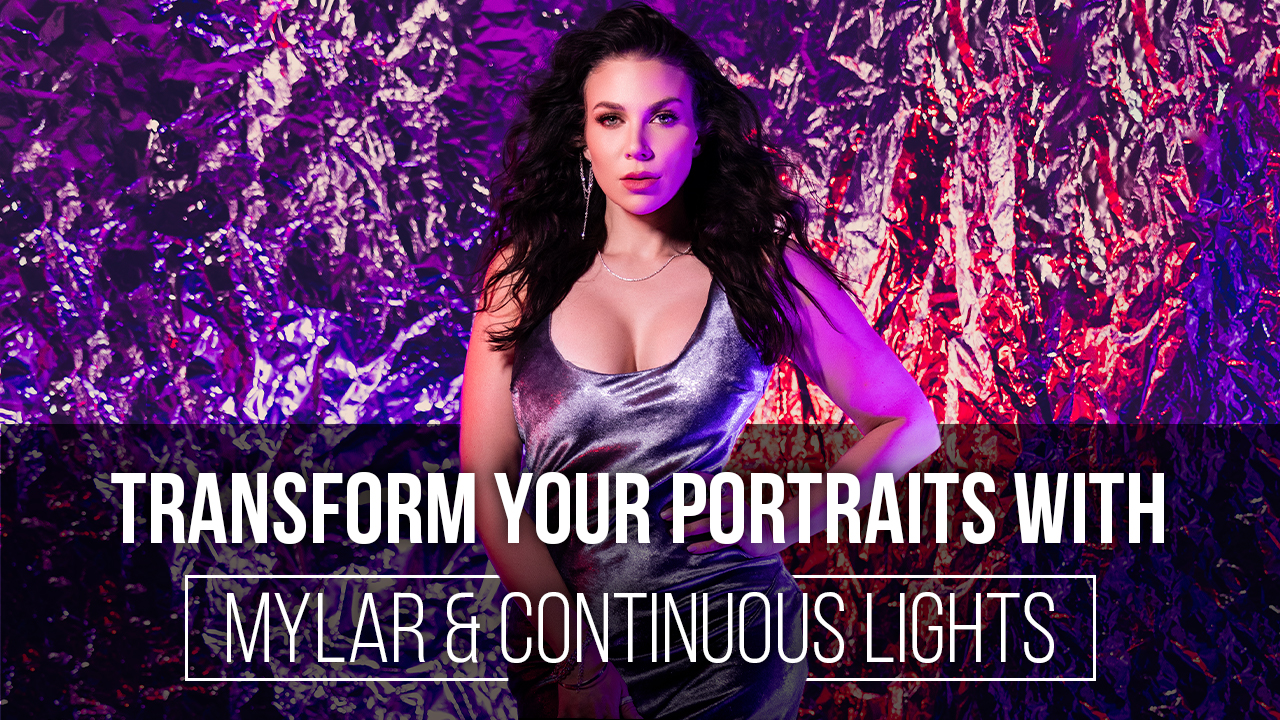



This Post Has 2 Comments
Hey Miguel,
Great article. I also do a lot of “studio on location” shooting, and I’m looking for a large enough “duffle” size bag to cart the stands, lights and modifiers. I usually take 3-4 lightstands, a strobe, one or more folding discs and a few reflectors, along with my speedlights (3) and various triggers (Cactus, Phottix and/or PocketWizards). One bag to cart all that would be great. The cameras, lenses and tripod gear goes separate in its own case. Any suggestions would be welcome. Thanks.
Frank Villafane
UrbanViewPhoto.com
TTL is Total Transmitted Light, not Through The Lens 😉